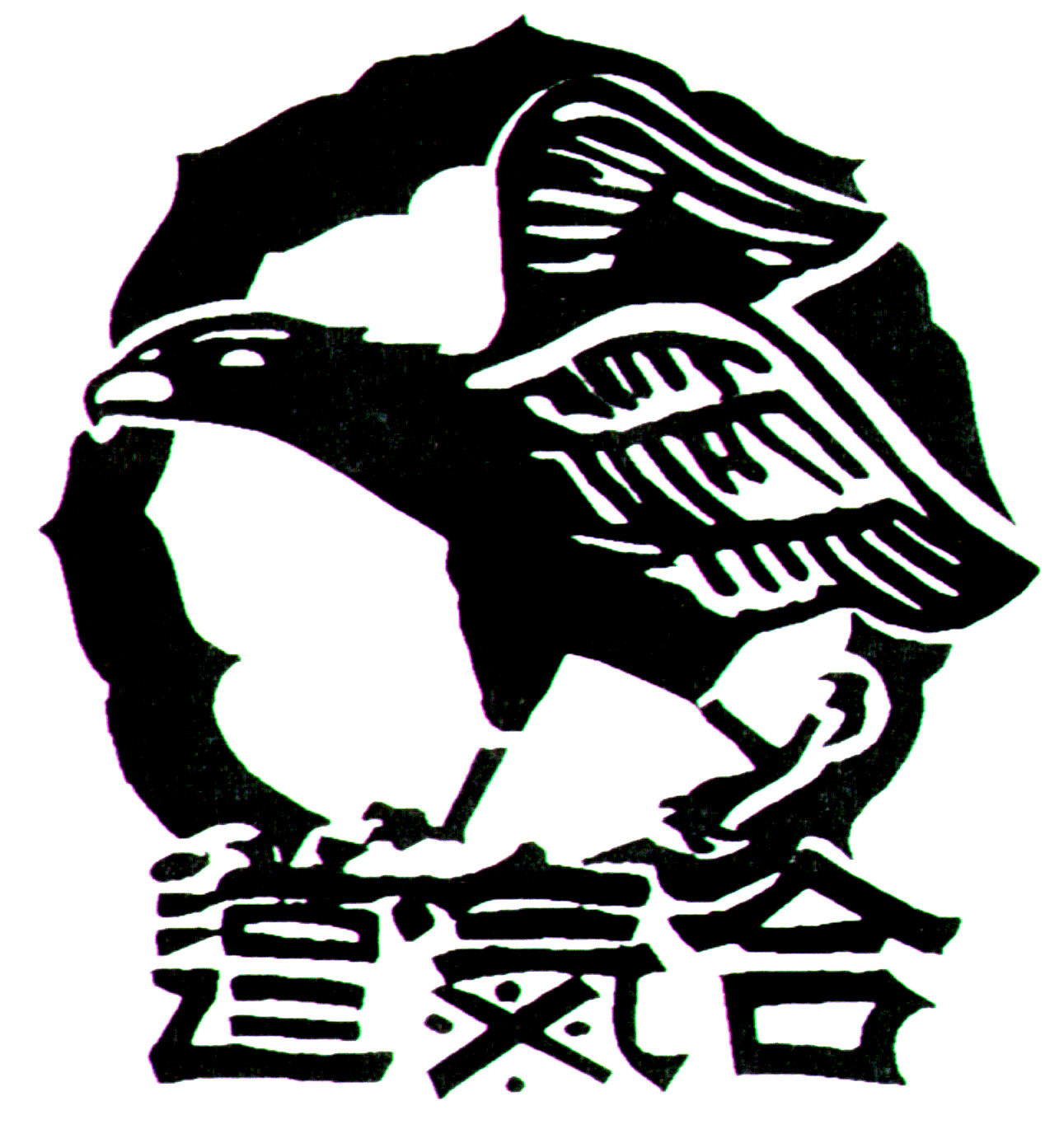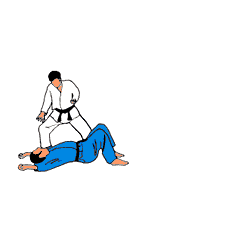

Kenpo
Kenpo has roots that go back to China almost 1500 years ago and is the art form from which most other martial arts stem. When an Indian priest named Bodhidharma (Tamo) traveled to China, he found the monks of the Shaolin temple to be in poor health and unable to withstand prolonged meditation.
Bodhidharma taught the monks a series of exercises meant to strengthen them and develop internal energy. These forms became the root of Shaolin martial arts. Retired soldiers who sought refuge at the Shaolin temple and joined the monks brought with them tried and tested methods of combat. The monks soon became famous throughout China for their skills and courage.
Kenpo was originally known in China as Chuan Fa. It eventually spread to Japan where it was known as Kenpo, which means fist (ken) law (po). It was first introduced to the United States in Hawaii around the time of World War II. The art of Kenpo soon became very popular in the United States as an effective fighting system.

Jiu Jitsu
Jiu-Jitsu and Judo became popular in the U.S., when President Theodore “Teddy” Roosevelt, the 26th U.S. President, learned Judo. This gave Jigoro Kano, the founder of Judo (originally termed "Kano Jiu Jitsu"), the international acceptance the art needed. Kano Jiu Jitsu was further refined in Brazil by Mitsuyo Maeda and the Gracie family to form Brazilian Jiu Jitsu (or "Gracie Jiu Jitsu").
Practitioners of Kenpo Jiu Jitsu use combinations of punches, strikes and kicks, blended with throws, takedowns, holds, and other compliance techniques to counter their opponent’s efforts.
















